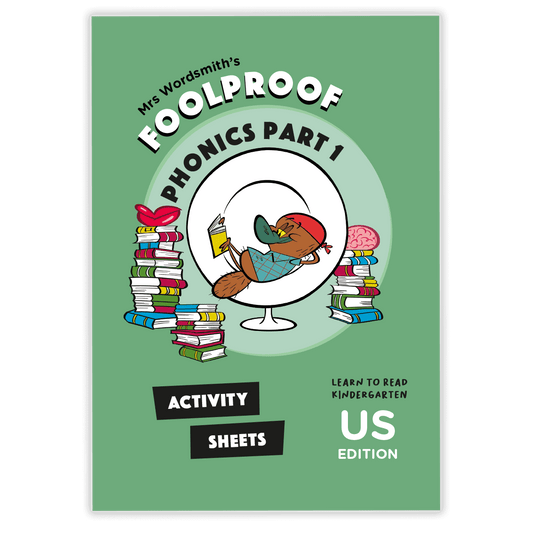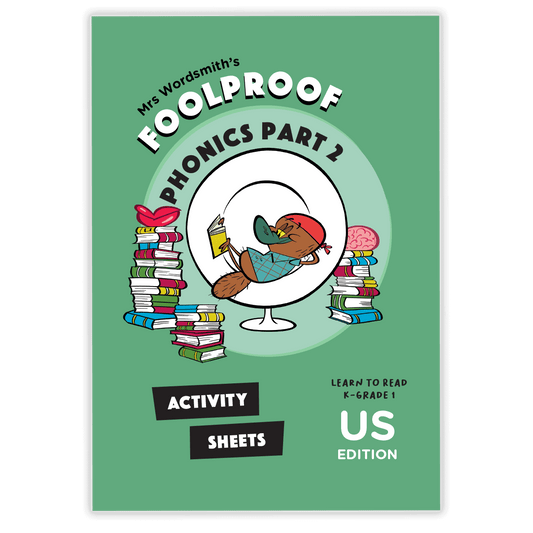Combining words with illustrations has various learning and memory-related benefits. These benefits are even greater for children with dyslexia because they often need to rely on a visual learning style. This means that if they hear a word, say it, and link it to an image, there is a better chance that they will remember it.[1] Let's have a closer look at how visuals, especially illustrations, can help a child with reading difficulties.
Table of Contents:
A learning and memory primer
The human information-processing system is made up of two pathways that engrave concepts into our memory.[2] The first one is the verbal channel which, consists of words and all things related to language. The second one is the visual channel which is made up of everything we see.
These two systems are structurally and functionally separate in that we can learn things through each one independently, but they can also support and expand each other. If the two systems are engaged in processing the same information, the result is deeper and better processing of this information. In other words, when we see an image that is a reflection of what we hear, the information flows through the two channels, and this creates a deeper and more meaningful representation of the concept encoded.
Illustrations, to the rescue!
At the same time, when one of the two systems is overloaded, the other one can come to the rescue. So if a learning objective is broken into components, visual content can come to the rescue when verbal working memory is overloaded – this way learning effects are maximized.[3] The working-memory limitations that children with dyslexia often suffer from, explain why accompanying words with illustration is particularly beneficial and a good dyslexia reading strategy.
Another general benefit of images is that they increase learners’ motivation by creating an effect of fun and excitement that focuses attention on the word being learned.[4] Moreover, a study has found that it's easier and faster to map a word to an illustration than to a photograph, because illustrations highlight the most iconic elements of an object or action without overloading the child’s visual system with unnecessary detail.[5]
For all these reasons, the visual magic of Mrs Wordsmith’s illustrations can very well complement therapeutic interventions for dyslexia and come to the rescue when decoding is overwhelming, while ensuring that children will have fun in the process!













 https://mrswordsmith.com
https://mrswordsmith.com
Comment
Leave a comment